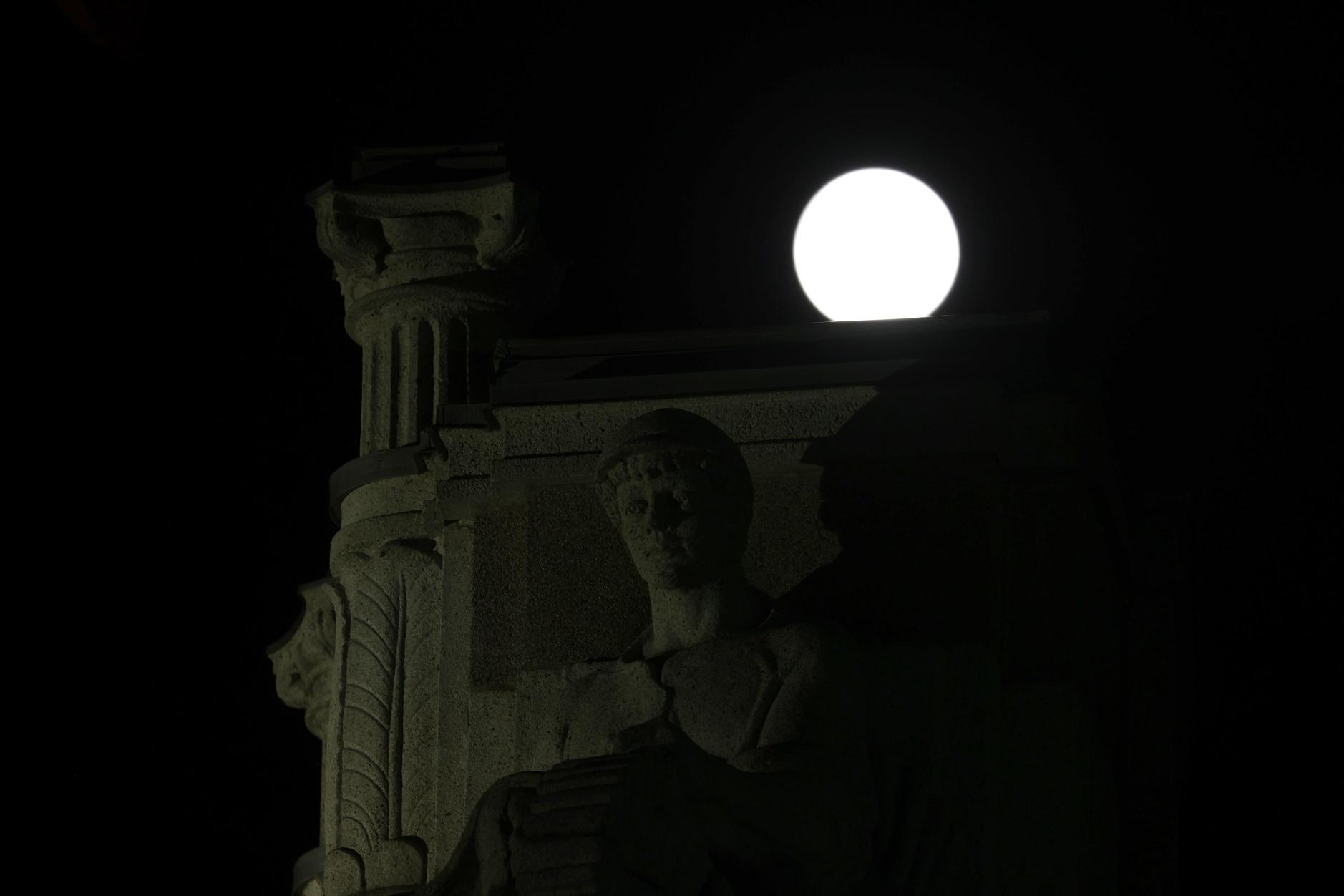A rare blue supermoon caught the eyes of stargazers around the world on August 30. The full moon appeared very big and bright, but why? And why is it called a blue supermoon?
Ilana MacDonald, Arts & Science alum and acting public outreach coordinator with the Dunlap Institute for Astronomy & Astrophysics, explains that it’s a happy coincidence of lunar events.
“A blue moon is the second full moon of the month which happens every few years. A supermoon is when the moon is full and is at its closest point in its elliptical orbit around the Earth,” says MacDonald.

“So, the second full moon in a month that occurs when the moon is also at its closet point to our planet is called a blue supermoon.”
As MacDonald explains, blue moons happen every few years — or, ahem, once in a blue moon? — and super moons happen a few times a year, but coming together is a rare occurrence. The last blue supermoon occurred 27 years ago and we won’t see the next one until 2115.
She also says the moon will appear brighter and bigger than usual in the days that follow, although it won’t be as impressive as Wednesday night’s display.

“If you want to see what the moon can really do, just wait until next year’s total solar eclipse,” says MacDonald, who serves on Ontario’s Eclipse Task Force, leading logistics planning for next year’s total solar eclipse.
The celestial spectacle will be visible in parts of Southern Ontario, Quebec and Eastern Canada in the afternoon of April 8, 2024.
Eclipse 2024 could be the most viewed solar eclipse in Canadian history.

